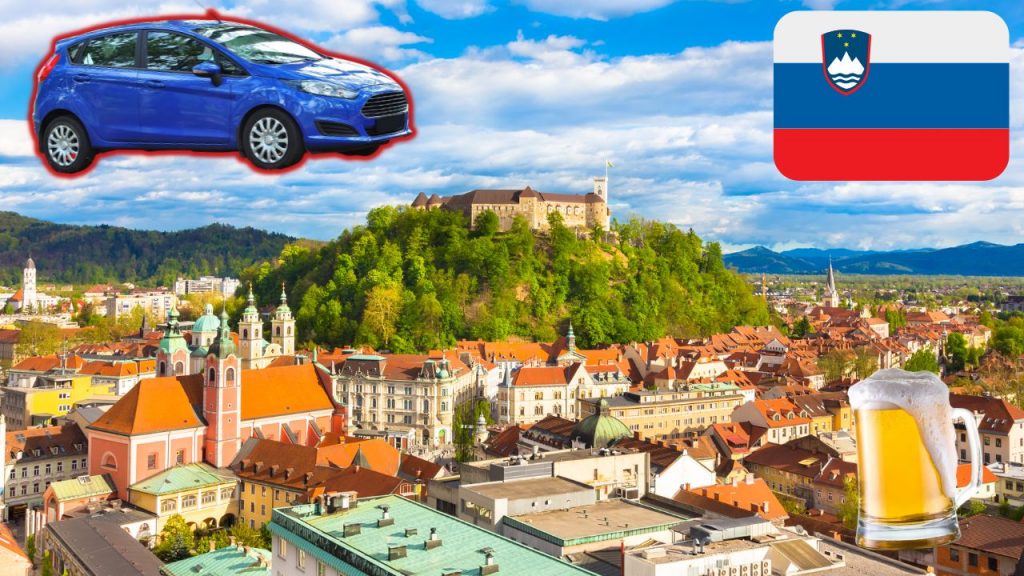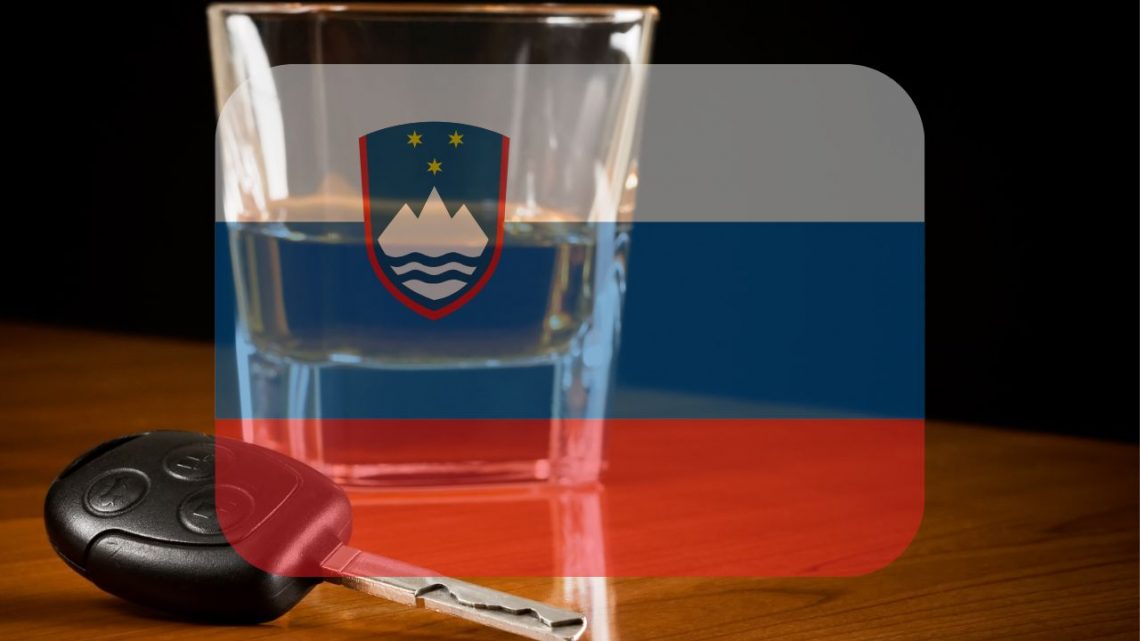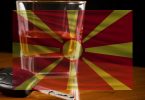Slovenia enforces a legal limit on blood alcohol concentration (BAC) while driving at 0.05% or 0.5 grams of alcohol per liter of blood. Generally, this limit can be reached by drinking two standard alcoholic drinks. A 0.00% BAC limit is implemented in the country for professional and novice drivers.
The impact of alcohol on individuals’ BAC can differ, even if they consume the same quantity. Factors such as alcohol metabolism in the body can cause variations in BAC levels.
This post intends to educate people about driving under the influence in Slovenia. The information provided on this website does not support or encourage impaired driving in any location or country.
Slovenia has made significant progress in addressing alcohol-related road accidents and fatalities. Over a decade, from 2010 to 2020, the country experienced a 42% decrease in road deaths, reducing 138 fatalities to 80.
Notably, in the pandemic year of 2020, there was a substantial reduction of 22% compared to 2019. With a road mortality rate of 38 deaths per million inhabitants, Slovenia surpasses the average of the European Union, positioning itself as one of the countries performing well in terms of road safety.
These achievements demonstrate Slovenia’s commitment to improving road safety and protecting its citizens from the dangers of alcohol-related accidents.
Drivers must refrain from operating a vehicle after consuming alcohol. However, when driving is unavoidable after drinking, choosing safer alternative transportation methods such as authorized driving services or taxis is highly recommended.
Additionally, before visiting any country, familiarizing oneself with the specific regulations about driving under the influence is essential. Regularly monitoring one’s blood alcohol level using a breathalyzer can help ensure that driving abilities are not impaired by alcohol.
For further information on Slovenia’s laws regarding drunk driving, you may visit the European Transport Safety Council (ETSC) official website.
Legal Alcohol Limit When Driving in Slovenia
By using our BAC calculator you can estimate the quantity of alcohol you can consume before driving. However, it is crucial to note that everyone reacts differently to alcohol, making these methods less universally reliable.
It is best to use a certified alcohol breathalyzer to test your alcohol level accurately. Make sure it’s less than 0.05% as per Slovenia laws.
Punishments for Drinking and Driving in Slovenia
Drinking even just a single bottle of beer or a glass of wine can already have an impact on your driving capability. As your blood alcohol content increases, these impairments become more noticeable. Your coordination and decision-making abilities can be compromised even with BAC levels ranging from 0.010% to 0.029%.
Drunk driving laws and penalties vary from country to country. Drivers must be aware of the consequences of surpassing the legal BAC limit. Violations of drunk driving laws can result in fines and other consequences.
Here are the general penalties for drunk driving in Slovenia.
BAC Level of 0.5 to 0.8 g/l
- Fines: €600
- Penalty Points: Eight (8) points
- Others: Consideration for a medical evaluation accompanied by guidance from a personal physician as an alternative to incurring four penalty points.
BAC Level of 0.8 to 1.1 g/l
- Fines: €900
- Penalty Points: Sixteen (16) points
- Others: Voluntary participation in the rehabilitation program
BAC Level Above 1.1 g/l
- Fines: €1,200
- Penalty Points: Eighteen (16) points
- Others: There is a possibility of imprisonment or the revocation of the driver’s license. Alternatively, a medical examination and participation in a suitable rehabilitation program, including educational sessions, psychosocial workshops, or treatment, can be considered.
When Can You Drink and Drive in Slovenia?
Research indicates that factors like gender can impact an individual’s BAC. The higher presence of alcohol dehydrogenase (ADH) enzymes in males is believed to contribute to the difference in BAC levels between males and females. These enzymes play a role in alcohol metabolism, leading to faster processing of alcohol in men compared to women.
Consuming alcohol can have detrimental effects on vision and cognitive functions, significantly elevating the risk of accidents while driving. It is strongly advised to abstain from alcohol consumption before operating a vehicle.
The following suggestions offer general guidelines for estimating the quantity of alcohol that can be consumed before driving. However, you must remember that individual responses to alcohol can vary, making these recommended amounts not applicable to everyone.
How Many Bottles of Beer Can You Drink and Drive in Slovenia?

An individual’s body weight is a critical factor in determining their blood alcohol concentration. BAC charts indicate that individuals with lower body weights tend to have higher BAC levels.
For example, a man weighing 160 pounds (72 kg) who drinks a 12-ounce (350 ml) beer may have a BAC of approximately 0.02%. In contrast, a woman with a similar weight might have a BAC of around 0.03% after consuming the same quantity of beer. This comparison highlights the influence of gender on alcohol metabolism.
Limiting your consumption to one or two bottles of beer if you plan to drive afterward is recommended in Slovenia.
How Many Wine Glasses Can You Drink and Drive in Slovenia?
A typical serving of wine is typically around 142 milliliters (5 ounces) and has an alcohol by volume (ABV) of 12%.
Based on the previous example, limiting your wine consumption to one or two glasses is advisable in Slovenia.
How Many Whiskey or Vodka Shots Can You Drink and Drive in Slovenia?
Distilled spirits such as whiskey and vodka typically have 40% ABV. , It is best to limit your consumption of whiskey or vodka to one or two shots to keep your BAC level within the legal limit in Slovenia.
Sticking to Drink and Drive Laws in Slovenia
Consuming alcohol can potentially impair a driver’s abilities, posing a risk to road safety. It is vital for drivers to exercise caution and be aware of the potential consequences of driving under the influence.
Adhering to Slovenia’s legal BAC threshold of 0.05% is essential to ensure compliance with the law and promote the safety of all motorists. Regularly monitoring one’s blood alcohol level, even after consuming a small amount of alcohol, can be done reliably using a certified alcohol breathalyzer.
In cases where there may be uncertainty about one’s ability to drive, considering alternative transportation options is advisable for safety.
For more detailed information regarding drunk driving laws and regulations, please consult the official website of ETSC.







